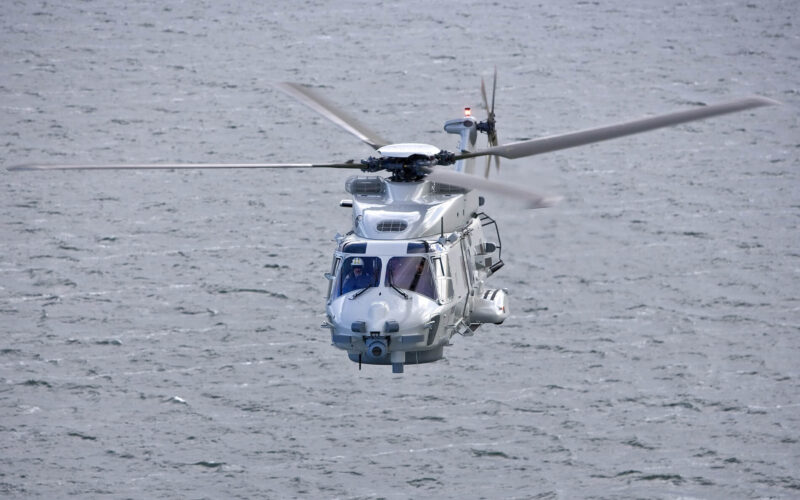An NH90 helicopter stationed on the Royal Netherlands Navy HNLMS Groningen patrol vessel crashed into the sea near the island of Aruba. The pilot and the tactical coordinator were killed. Two other crew members were rescued.
The NH90 NFH, registration N-324, was transiting from the island of Aruba to that of Curaçao as part of a Coast Guard patrol mission. The helicopter crashed into the sea 12 kilometers (7 miles) away from Aruba. “Two of the four crew members were killed,” announced Admiral Rob Bauer, the Dutch Chief of Defense.
A search operation was organized, involving the HNLMS Groningen and a Coast Guard helicopter, as well as military divers based in Curacao. After rescuing the two surviving crew members, their priority was to recover the aircraft data recorders. But unfavorable weather conditions with strong winds and currents made the operation difficult.
The black boxes were eventually recovered and will be used to investigate the reasons behind the crash. With nineteen helicopters remaining, the NH90 fleet will remain on the ground as a precaution.
An unpractical salt allergy
While this has been the deadliest accident in the history of the aircraft, the NH90 has had a complicated career within the Royal Netherlands Navy. In 2014, the first eleven helicopters delivered by the Italian-British helicopter manufacturer AgustaWestland suffered from “excessive corrosion and wear” after being used at sea as part of counter-piracy missions off the Horn of Africa and in the Caribbean. The French Navy reported similar deficiencies in 2016, with more than half of its NH90 “Caiman” fleet immobilized over corrosion and maintenance problems.
Despite being a helicopter specially designed for maritime operations, the NH90 NFH (NATO Frigate Helicopter) appeared to be sensitive to saltwater.
The problems were traced back to “design faults and errors” that led the Dutch Navy to suspend the delivery of the last seven helicopters, out of the twenty ordered. A fix was seemingly found by the manufacturer, as the rest of the fleet eventually entered service.

